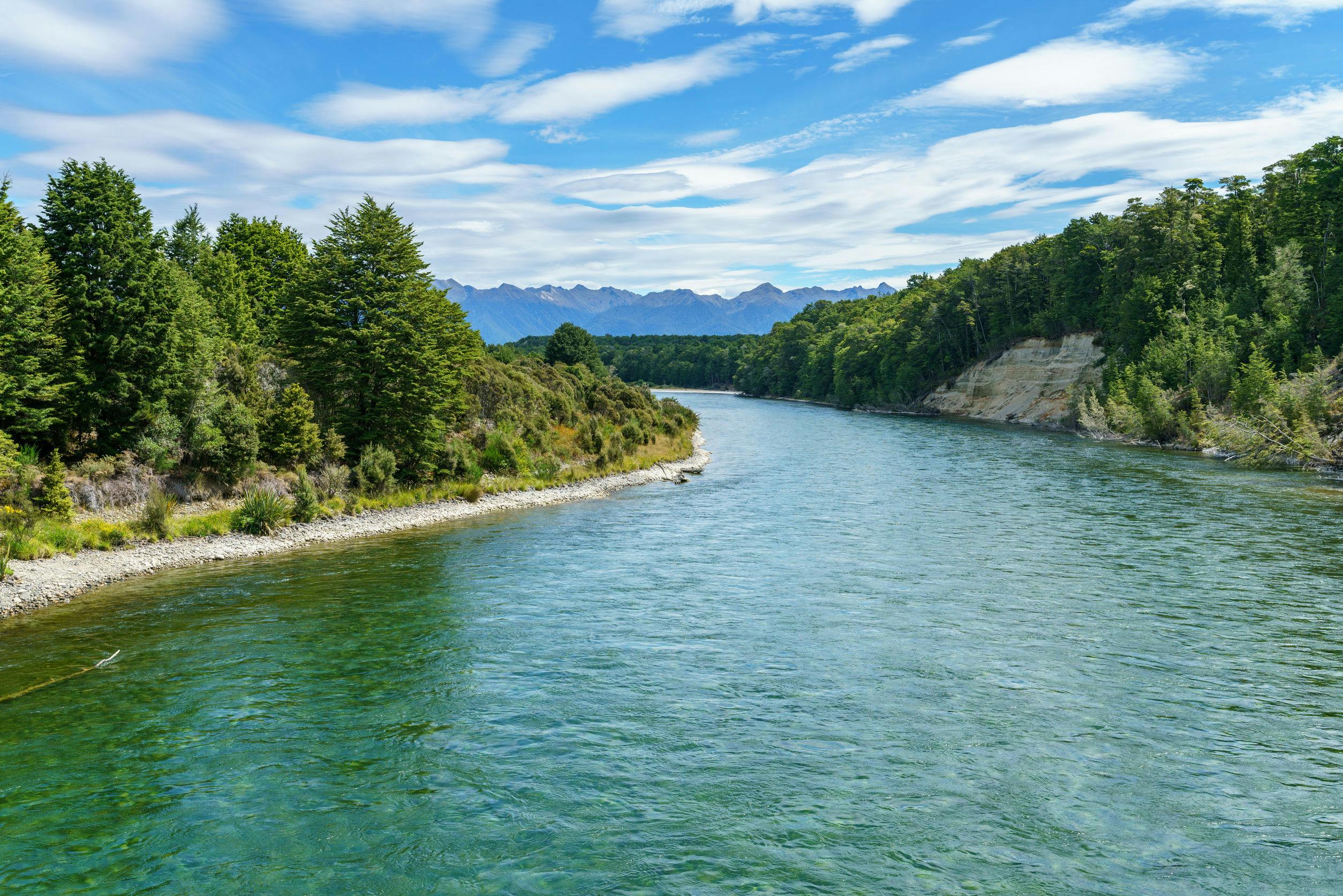A wrap of the biggest stories and best writing about the outdoors from New Zealand and around the world.
Plans for a Southland cycleway linking three Great Walks are underway.
It is hoped the multi-million dollar project will provide an economic boost to the region, Stuff reports.
The trail would link with existing cycle trails to join the Humpridge, Kepler and Milford Great Walks as it travels from Manapouri to Te Waewae Bay.
Western Southland Trails chairman Andrew Hunt said the trail would be about connecting riders to the Waiau River.
The trail won’t pass through DOC land, and needs the support of 37 landowners to be completed – 34 of which have made an initial agreement.
Community consultation will begin in October and the group will seek funding through the Provincial Growth Fund, the Ministry of Primary Industries, the One Billion Trees fund and Kaimahi Jobs for Nature funding and Meridian Energy.
Most popular: Naked in nature
Getting naked in nature might be more popular than we guessed.
Wilderness’ story ‘Naked in nature’ has been read 1570 times this week, making it the most popular story on the website.
The story profiles UK-born Kate Uwins who reckons New Zealand is the best skinny dipping destination in the world.
She said getting naked in nature has helped her accept her body and develop greater self-confidence.
One man, 1209 huts
New Zealand’s greatest hut bagger has shared his incredible life story with Stuff.
Rangihaeata legend Paul Kilgour is one of New Zealand’s most prolific trampers, having visited 1209 huts since he started tramping in his twenties.
The 69-year-old has meticulously recorded each visit, including observations of wildlife, weather, routes and photographs.
One of Kilgour’s greatest adventures saw him walk the length of the South Island, traversing ‘extremely challenging country’.
“Some days I walked 15 hours just to escape the sandflies,” he said.
Kilgour’s diverse range of jobs include working for the NZ Forest Service, managing the Mt Cook YHA, apple picking and predator monitoring.
Craigieburn track reopens
A neglected track in the Craigieburn Range has been revived by a local tramping club.
The 9.5km Broken River Coal Mine Track, which follows the route of an old railway line, had become overgrown with gorse, matagouri, rosehip and bush lawyer, Stuff reports.
Members of the Christchurch-based Over Forties Tramping Club (OFTC) have put in 1100 hours of work over 11 months to get the track back to a high standard.
It has since been reinstated as an official DOC track, and reopened by Eugenie Sage this week.
OFCT committee member Paul Knox said maintenance was a ‘mammoth task’.
“[It was] probably a bit bigger than we initially realised it was going to be,” he said.
“We are all keen trampers, so to us it seemed like an opportunity to put something back into the world and especially into a little bit of forgotten Canterbury history.”
Mysteries of muscle cramps revealed
A new study suggests that strength training is more important than consuming electrolytes for preventing cramps.
The study goes against the dominant belief that dehydration and the loss of electrolytes are the main causes of muscle cramps, Outside magazine reports.
“The problem is that science keeps failing to back this theory up,” Alex Hutchison writes. “Starting more than a decade ago, a series of studies has compared crampers with non-crampers at marathons, triathlons, and other endurance races and has failed to find any differences in the athletes’ hydration or electrolyte levels.”
The new study of 98 marathon runners suggests that cramps occur in muscles fatigued to the point of damage, and a major difference between crampers and non-crampers was the amount of regular lower-body resistance training the athletes did.







